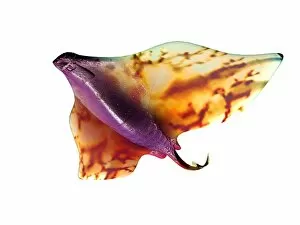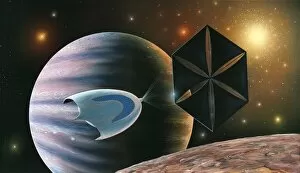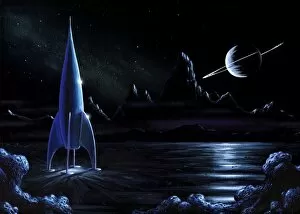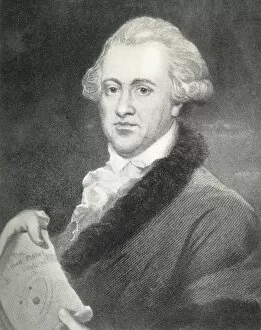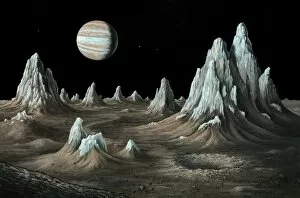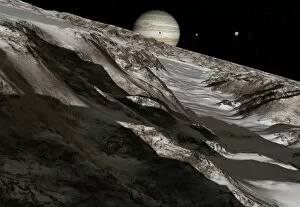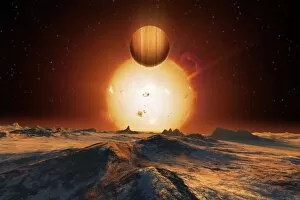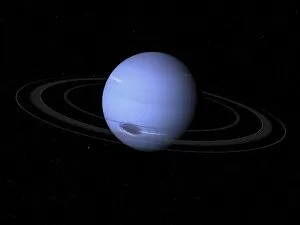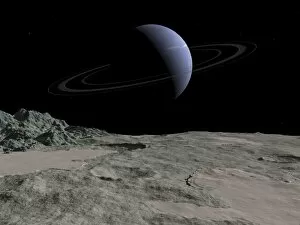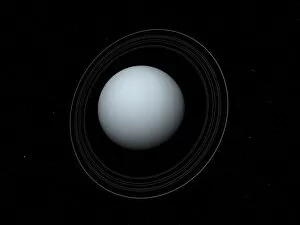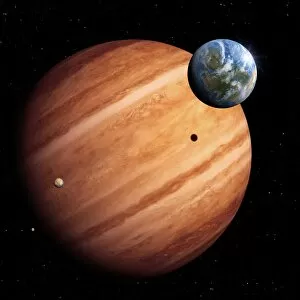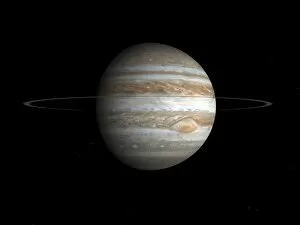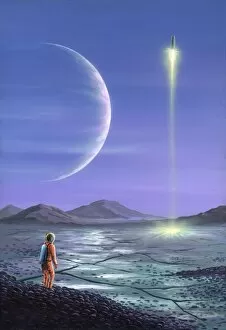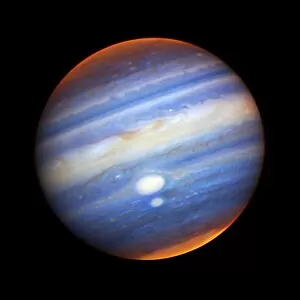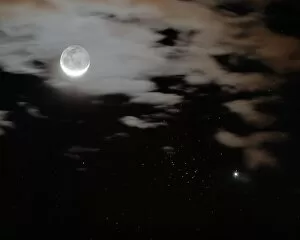Gas Giant Collection (page 4)
"Exploring the Majestic Gas Giants: A Journey through our Solar System's Enigmatic Giants" Step into the mesmerizing world of gas giants
All Professionally Made to Order for Quick Shipping
"Exploring the Majestic Gas Giants: A Journey through our Solar System's Enigmatic Giants" Step into the mesmerizing world of gas giants, as we embark on a celestial adventure through our captivating Solar System. Through breathtaking artwork and scientific discoveries, let us unravel the mysteries surrounding these colossal planets. In the vast expanse of space, our Solar System boasts an array of fascinating planets. Among them are the gas giants - behemoths composed mostly of hydrogen and helium. These immense worlds include Jupiter, Saturn, Uranus, and Neptune. When it comes to size comparison in our planetary neighborhood, these gas giants truly dwarf their terrestrial counterparts. Imagine fitting over 1, 300 Earths inside Jupiter alone. Such mind-boggling proportions highlight their dominance within the cosmic ballet. Neptune stands out with its vibrant blue hue reminiscent of an artist's brushstroke against a dark canvas. Voyager 2 captured this stunning image during its flyby in 1989 – revealing swirling storms and atmospheric dynamics that continue to intrigue scientists today. Jupiter reigns supreme as the largest planet in our Solar System. From Europa's icy surface (as depicted by artists), one can only imagine gazing up at this colossal giant dominating the sky above – a sight both awe-inspiring and humbling. Witnessing Jupiter accompanied by its entourage of moons is nothing short of spectacular. As they orbit around their parent planet, these natural satellites cast ethereal shadows upon Jupiter's cloud tops – creating an otherworldly dance between light and darkness across its majestic atmosphere. Io, one of Jupiter's moons captured by Cassini spacecraft in a mesmerizing image showcases volcanic activity on its surface – reminding us that even within such massive worlds lie hidden wonders waiting to be discovered. Delving deeper into understanding gas giants' internal structures reveals intriguing secrets about their composition and behavior. Scientists have unraveled complex layers beneath their atmospheres where unimaginable pressures transform gases into exotic forms, creating a unique environment unlike anything on Earth.


